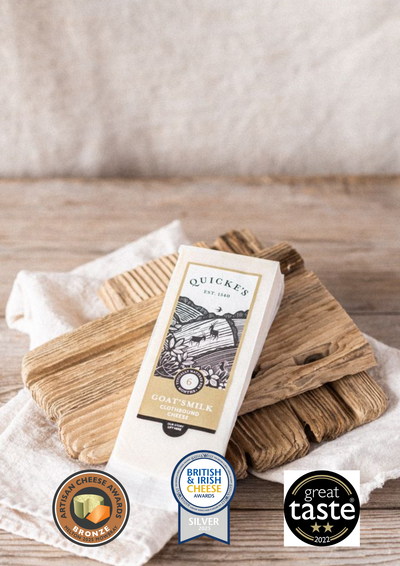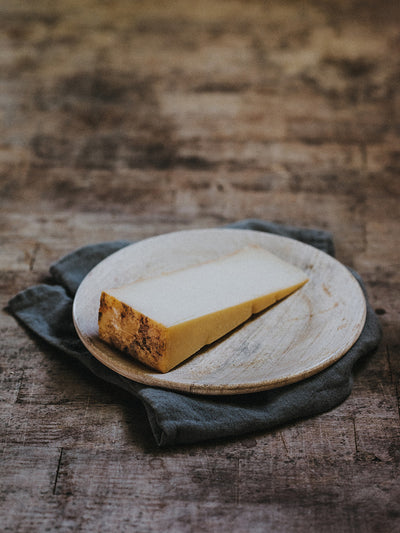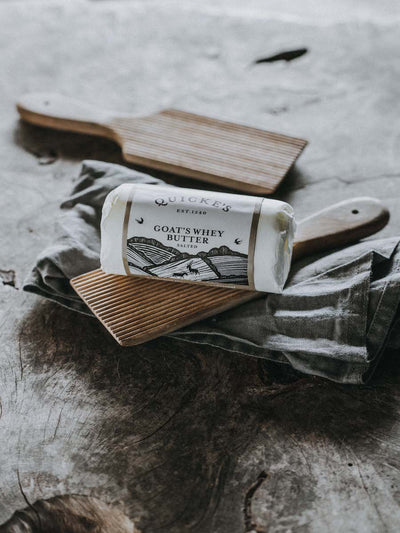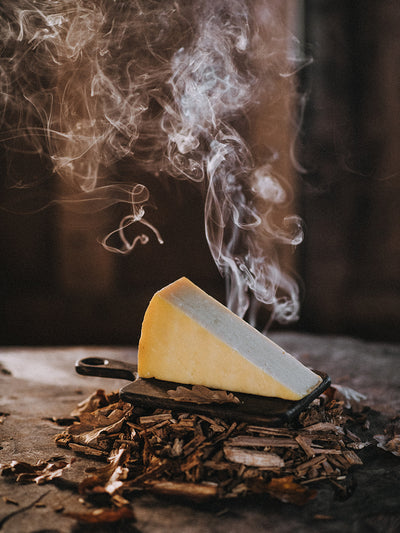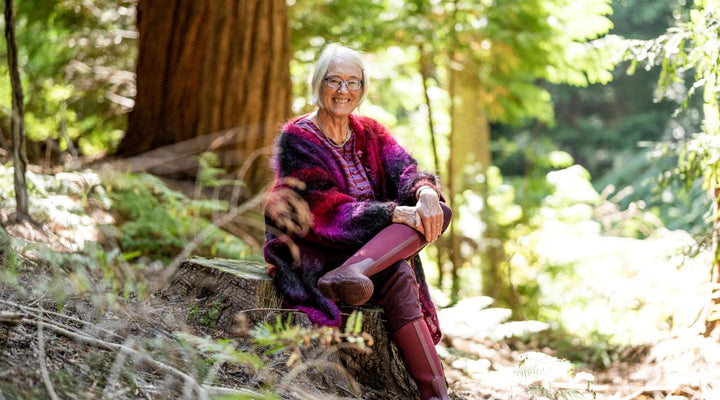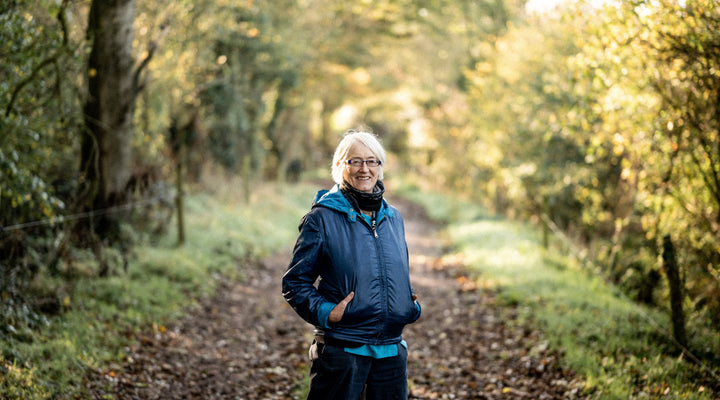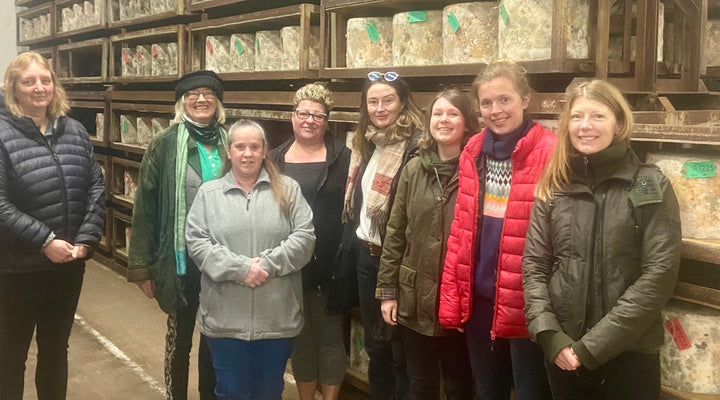On Tuesday 20 March, we joined forces with Montgomery’s from Somerset, and revealed the results of an experiment which saw our truckles trading places to be aged in each other’s stores. The event was hosted by Mary Quicke and James Montgomery and took place at The Cheese Bar in Camden Market to an audience of cheesemakers, cheesemongers, chefs, affineurs and buyers. The dramatic results helped to further unravel the centuries-old mysteries of traditional clothbound cheddar...
The traded truckles brought with them a true taste of the land from which they came, so it was down to the unique microflora in each farm’s maturing rooms to impact the taste, texture and appearance of the cheese.
COMPARING THE CHEESES
A tasting session was led by Tracey Colley from the Academy of Cheese, beginning with a Quicke’s truckle aged on home soil, with its flavour profile from nose to rind ranging from grassy to brothy. When compared to a Quicke’s truckle from the same batch aged at Montgomery’s, the darker yellow appearance and more acidic aroma was immediately apparent, along with a waxier texture and transformed flavour profile, all attesting to the huge impact of each store’s community of microorganisms on every single aspect of the cheese.

The Montgomery’s cheddar aged at Quicke’s delivered yet more surprises, with a stronger, brittle rind and more milky centre than the original, while a Montgomery’s truckle aged in Devon then returning to Somerset for three months was significantly dryer with a punchy acidity. Shining a light on an underappreciated aspect of the cheesemaking process, this experiment has weaved a new dimension into the concept of terroir in cheddar.
WHAT NEXT?
Looking ahead to the next stage of this research, Vince Razionale, director of product development at Grafton Village Cheese in Vermont, plans to expand the group to four cheddars, producing 20 samples for analysis. Funded by a scholarship from the Daphne Zepos Teaching Award, which provides an annual grant for research into the history, culture and techniques of cheesemaking in Europe, this research will seek to gain a deeper understanding of the role that microflora plays in the delicate balance of science and art in cheesemaking.


